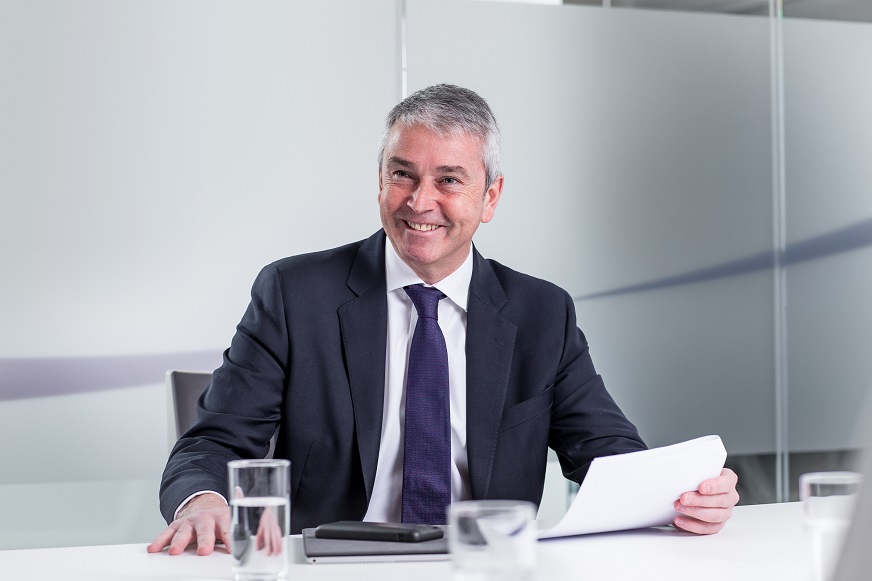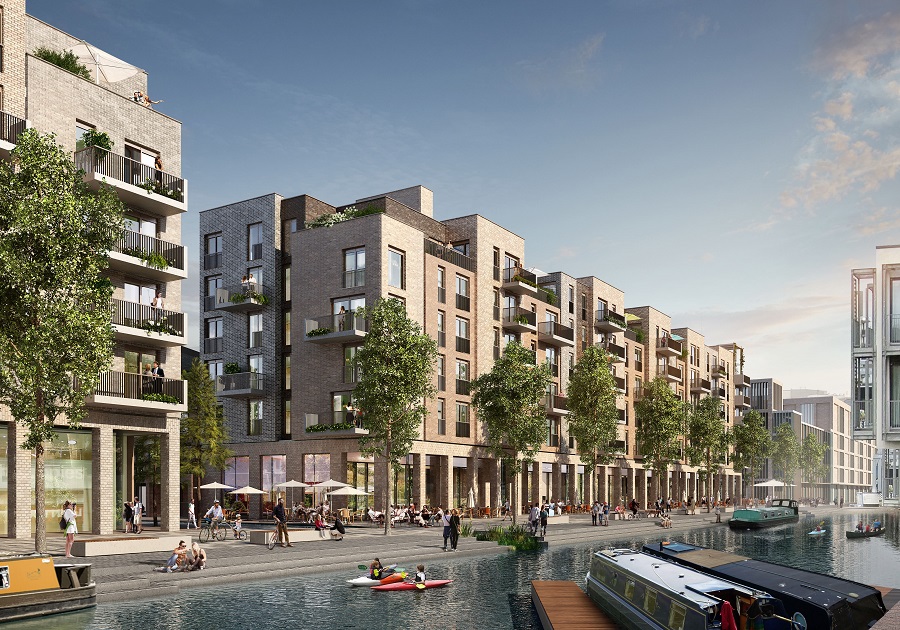Kevin Reid: Meeting the challenge of green energy in new homes
Kevin Reid, chief executive of the Cruden Group, looks at meeting the challenges of using more green energy and sustainable building in new homes.

Kevin Reid
Later this year the delayed UN Climate Change Conference, COP26, will take place in Glasgow and it will come at a time when the pandemic has focused attention on the changing way we live.
Commuter carbon emissions may have fallen since March 2020 when many people started to work from home, but those from domestic heating have risen as we’ve swapped the office desk for the kitchen table.
Central heating accounts for half of Scotland’s energy use, and more than half of its carbon emissions, which is why the Scottish Government has set 2024 as the date from which gas boilers can no longer be fitted within new developments as part of its strategy to achieve net-zero emissions from all greenhouse gasses by 2045.
As housebuilders and developers have looked for new ways to keep homes warm without using fossil fuels, new ways of working have been adopted and alternative heating systems are becoming more mainstream.
At Cruden, one of our key strengths is our commitment to innovation when building homes. As our clients’ needs vary, we deliver bespoke solutions for each project, considering available technologies and carrying out thorough research into those that continually evolve. For example, in Edinburgh, where we have just been appointed as preferred developer for the landmark regeneration of a major brownfield site in Fountainbridge, we will spend the pre-development phase preparing for construction and selecting the most appropriate net-zero energy solution for the site.
Systems that we currently use include ground and air source heat pumps, which extract heat from 200m below the earth or from the air around them. We are also currently reviewing air pumps that capture the heat emitted by fridges, ovens, tumble dryers and other home appliances to use the warm water for heating, instead of letting it go to waste.

Cruden is to deliver this project at Fountainbridge in Edinburgh
Meanwhile, we continue our routine commitment towards green energy solutions through installing cabling for electric vehicle charging points as standard on many developments, rolling out district heating schemes for both apartment developments and family homes, and installing photovoltaic solar panels on roofs in order to generate sufficient power to run entire lighting systems.
At Drymen, near Loch Lomond, we are starting to build semi-detached and terraced homes to Passivhaus standard for Hanover Housing Association. Passivhaus is an international standard of construction that reduces heat loss from buildings to such a level that only the smallest amount of additional heating is required to keep them warm. At this state-of-the-art development, in addition to air source heat pumps and photovoltaic solar panels, the homes will have triple-glazing, exceptionally high levels of insulation and be positioned for optimal solar heat gain, making them up to 90% cheaper to heat than conventional properties.
In tandem, we are working on four different developments across Glasgow that will achieve some of the highest levels on the Glasgow Standard scale, which has been designed to reduce energy efficiency and fuel poverty as part of its bid to tackle climate change.
These exemplar projects are all commissioned by public sector organisations, who have made a commitment to delivering more energy efficient new homes. However, that commitment comes with a cost, and we now need to bridge the gap in making low-carbon alternatives affordable for all.
Just as government incentives have fuelled the rise in sales of electric cars, then similar schemes, along with eco-loans for housebuilders and ‘green’ mortgages at preferential interest rates for house buyers, are needed to meet the targets and create a sustainable future where the world is no longer threatened by climate change.









